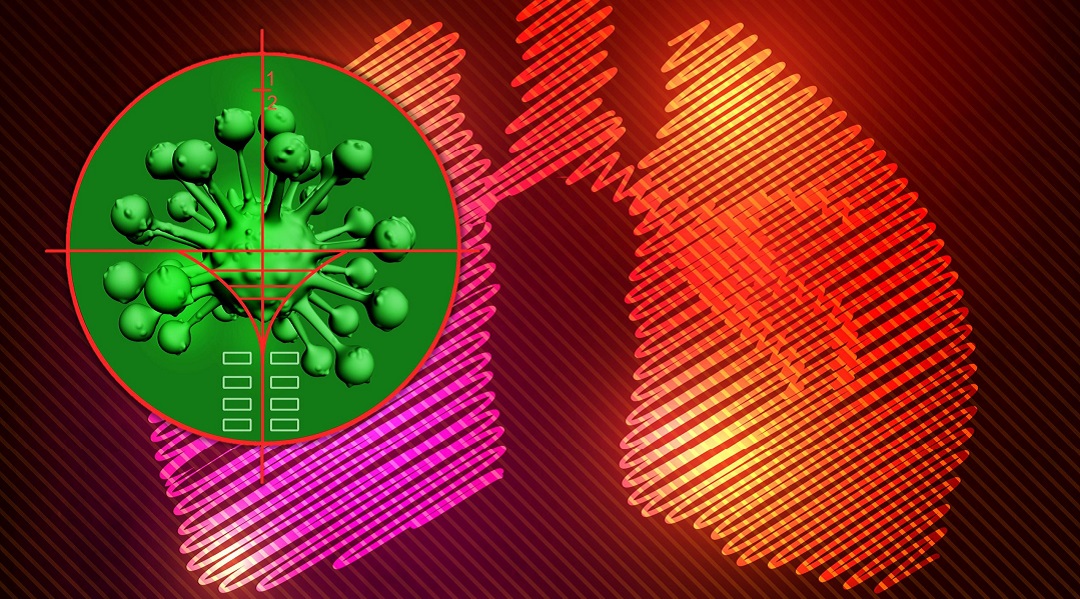How stable is Coronavirus on surfaces

New coronavirus stable for hours on surfaces
SARS-CoV-2 stability similar to original SARS virus.
New Release from National Institute of Health
A recently released NIH study attempted to mimic virus being deposited from an infected person onto everyday surfaces in a household or hospital setting, such as through coughing or touching objects. The scientists then investigated how long the virus remained infectious on these surfaces.
The scientists highlighted additional observations from their study:
- If the viability of the two coronaviruses is similar, why is SARS-CoV-2 resulting in more cases? Emerging evidence suggests that people infected with SARS-CoV-2 might be spreading virus without recognizing, or prior to recognizing, symptoms. This would make disease control measures that were effective against SARS-CoV-1 less effective against its successor.
- In contrast to SARS-CoV-1, most secondary cases of virus transmission of SARS-CoV-2 appear to be occurring in community settings rather than healthcare settings. However, healthcare settings are also vulnerable to the introduction and spread of SARS-CoV-2, and the stability of SARS-CoV-2 in aerosols and on surfaces likely contributes to transmission of the virus in healthcare settings.
READ THE RELEASE on nih.gov
Download the article in PDF





Plse see the article we posted on our site. The virus can live on certain surfaces for some time-That is why we recommend using the hand sanitizer as well as the surface spraying combination.-double protection